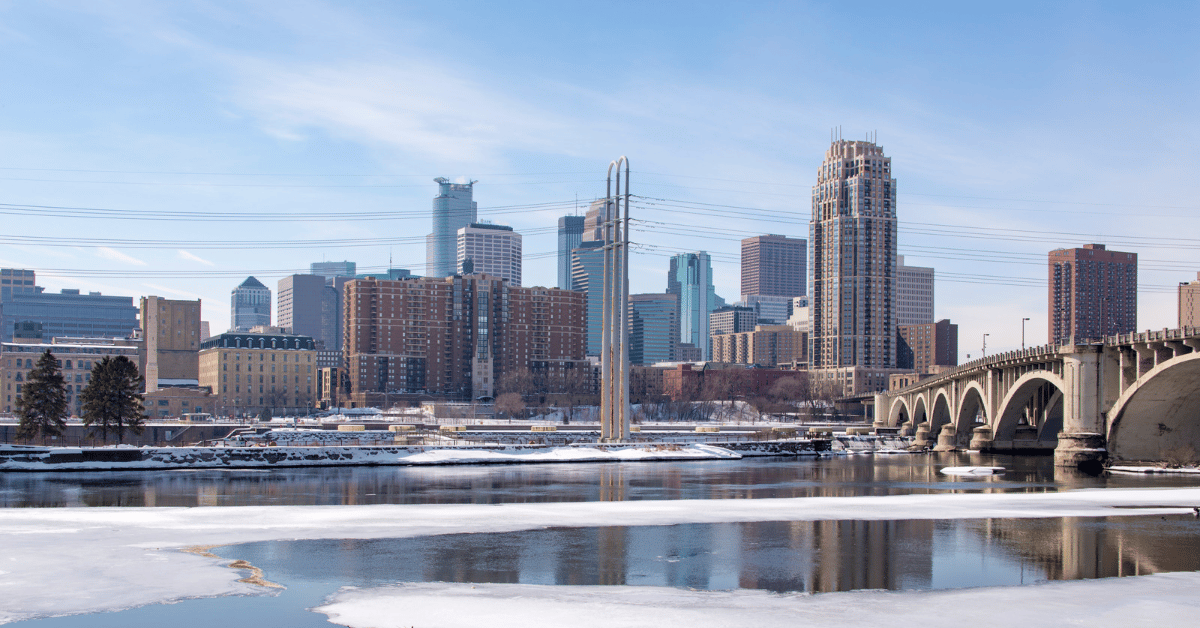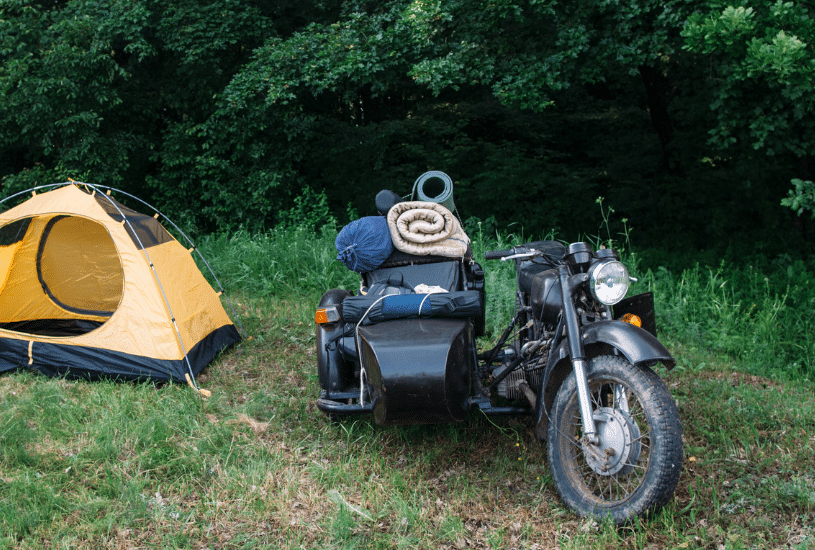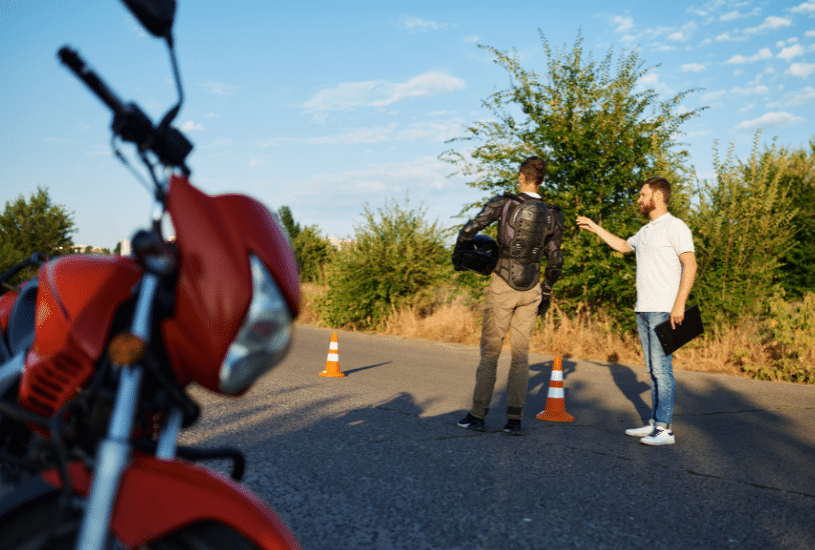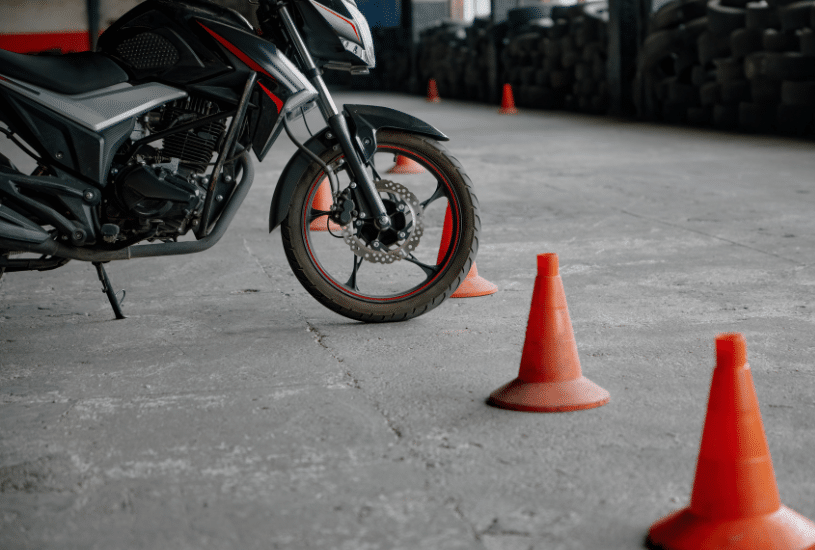
If you’re up for the chill and have warm clothing, riding a motorcycle in the Minnesota winter can be almost as fun and rewarding as riding in sunny spring or summer weather, but caution is vital when taking on icy road conditions.
At Law Tigers, a nationwide network of dedicated motorcycle lawyers, we’re passionate about rider safety, so we want to share some essential driving tips for icy Minneapolis bridges and roads in frigid weather.
Tips for Riding Safely on Icy Bridges and Snowy Roads
Following speed limits isn’t always enough to stay safe on icy bridges and roads. The following are safety tips for riding in snowy Minneapolis winters on our region’s multiple bridges and overpasses.
Winterize Your Bike
Many bikers store their motorcycles in the garage all winter, but it’s possible to drive your bike on snowy and icy roads safely if you follow a few essential steps:
- Service your bike and check major components
- Replace brakes, tires, or battery if in poor condition
- Switch tires for winter weather tires
- Wash salt and grit off of your bike after each ride
Check the Weather Report
Check your local weather reports before you get on the road to ensure that you’re aware of the conditions you can expect on your trip. Learning about snowy or icy conditions beforehand will help you plan a safe route to your destination.
Stay on Alert for Icy Bridges
You can typically expect ice to form on bridges if temperatures are below freezing and it rains or snows. If there’s ice on your mirrors or windshield, there’s a good chance you’ll encounter ice on roads and bridges.
Take It Slowly and Steadily
Driving steadily at a safe speed is crucial for avoiding accidents on icy roads and bridges, even if you need to go under the posted speed limit to ensure your safety and keep a safe distance from vehicles in front of you. Avoid fast braking, accelerating, or changing lanes. Take every corner extra slowly and precisely to avoid losing control. Sudden braking or accelerating can cause your bike to slip and slide on the ice and snow, potentially leading to an accident. Stay in the highest gear possible to suppress torque and avoid making reflexive adjustments while riding.
How To Ride in Different Types of Snowy Conditions
It’s important to know how to handle specific types of snow and ice conditions.
Fresh Snow
You know you’re riding on fresh snow if the top layer has no tire tracks and looks smooth and soft. Fresh snow is generally safer than ice or slush because it fills the grooves in your tires, giving a more solid grip on the surface.
Compacted Snow
Compacted snow will have plenty of tire tracks and look flatter and dirtier than fresh snow. You might think the best method would be to follow the paths of other vehicles, but doing so can actually be more dangerous. The compacted snow can create a polished, slippery layer of ice and make it difficult to control your bike.
Slush
Slushy roads have leftover snow and grit, but parts of the road might be visible at this point. Your tires could get through the slush and grip the road underneath, but you should still drive cautiously. Some areas that look safe could have dreaded black ice.
Law Tigers Protects Riders Across America
We hope these driving tips for icy Minneapolis bridges and roads help you stay safe this winter. If you experience an accident, our local motorcycle attorneys can provide personalized legal advice and representation. Call us at 1-888-863-7216 for a referral to an experienced motorcycle lawyer near you.



